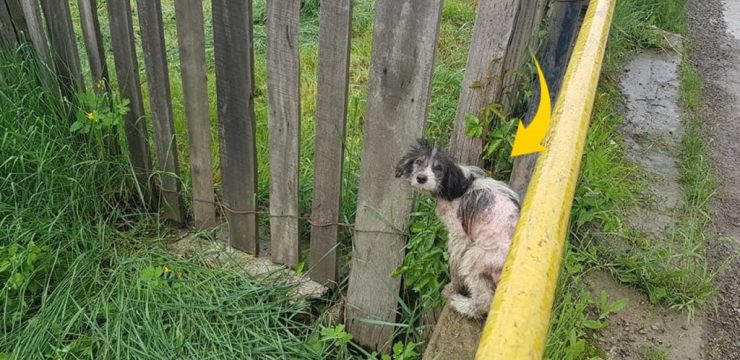Japan is widely admired for its groundbreaking innovations, from advanced technology to practical infrastructure designs. This ingenuity extends to addressing environmental challenges, with Japanese engineers continually setting the bar for resilience and efficiency. A remarkable example of their creativity and problem-solving can be seen in Fukui, a region often at the mercy of nature’s unpredictable forces.

The Challenge: Navigating Frequent Landslides
Fukui, known for its mountainous terrain and heavy rainfall, faces regular landslides that threaten the region’s roads and bridges. These natural disasters not only cause significant damage but also disrupt daily life, making transportation unreliable and repairs costly.
Engineers in Fukui were tasked with solving a persistent issue: how to protect a critical road section and an adjoining bridge from frequent landslide impacts. The goal was not merely to fix damage after each event but to create a sustainable solution that would ensure the long-term safety and functionality of the infrastructure.
The Ingenious Solution: Turning the Tide on Landslides
In true Japanese fashion, the engineers developed a highly efficient and innovative system designed specifically for the region’s unique challenges. By combining structural reinforcements with strategically placed barriers, they created a method to redirect the force of falling debris away from vulnerable areas.
This design works by channeling the energy of landslides in a way that minimizes their impact, effectively shielding the road and bridge from damage. The solution is not just reactive but proactive, ensuring that the infrastructure can withstand future events with minimal intervention.
This meticulous approach exemplifies Japan’s ability to blend creativity with functionality, crafting solutions that address both immediate and long-term needs.
Why This Matters: A Blueprint for Resilience
The innovative work in Fukui is more than an engineering triumph—it’s a powerful example of human adaptability and resilience. By designing infrastructure that works in harmony with nature rather than trying to fight it, Japanese engineers offer a sustainable model for overcoming environmental challenges.
This success underscores Japan’s global leadership in infrastructure innovation, inspiring other countries to rethink traditional methods and explore creative ways to address similar challenges. It also demonstrates that even in the face of relentless natural forces, there are ways to safeguard communities and maintain vital connections.
A Legacy of Ingenuity
The solution implemented in Fukui reflects Japan’s commitment to excellence, where every detail is carefully considered to achieve both practicality and durability. This project serves as a reminder of the importance of forward-thinking design, especially as climate change continues to exacerbate natural disasters worldwide.
As the world grapples with increasingly complex environmental issues, Japan’s approach offers a beacon of hope. By prioritizing sustainability and innovation, they prove that it’s possible to thrive, even in the most challenging conditions.





